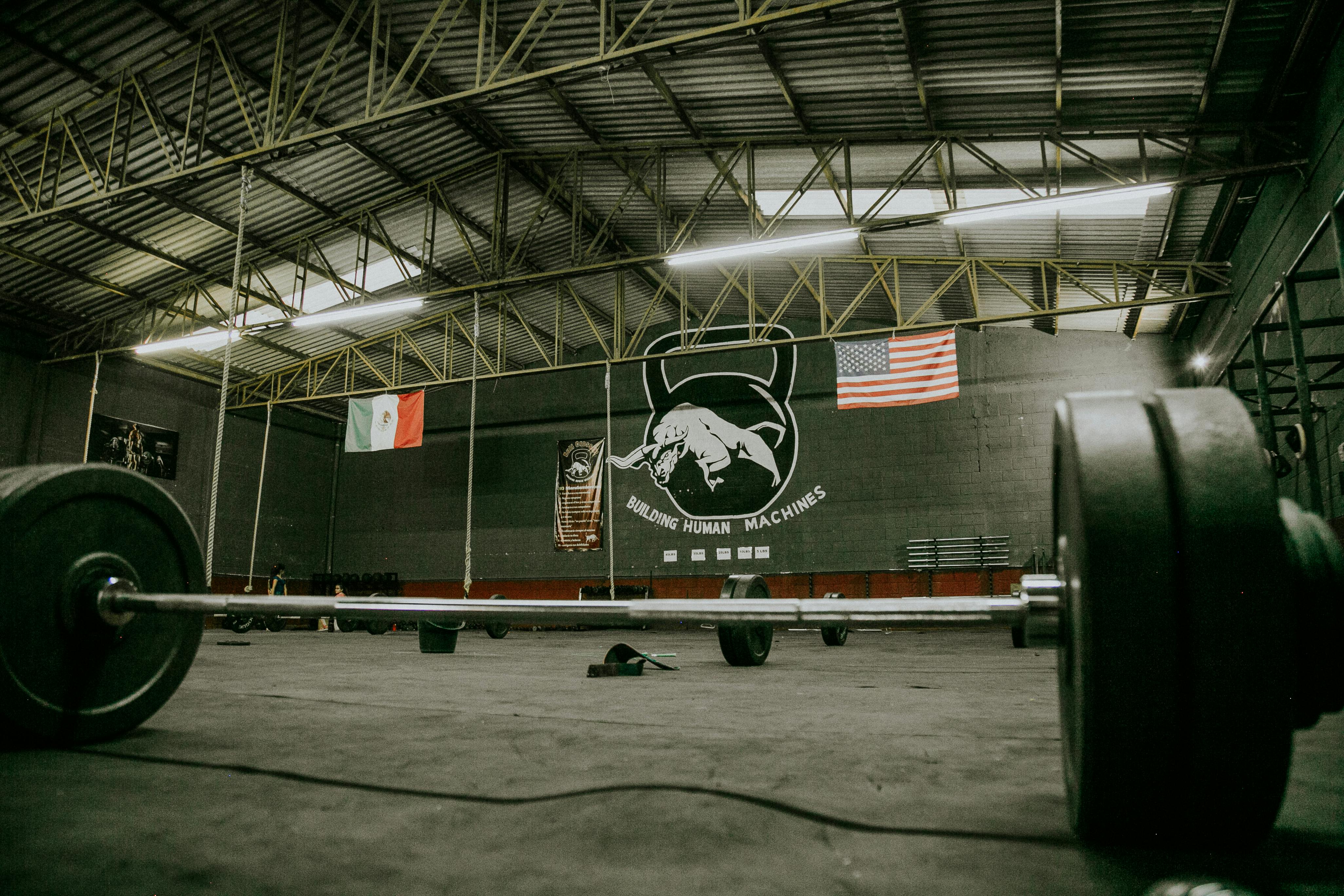Effective 3-Day Split Muscle Building Training Plan for 2025: Discover Proven Methods!
Building muscle effectively requires a well-structured training plan. The 3er Split is one of the most popular methods used by bodybuilders and fitness enthusiasts alike. This training split allows for targeted exercises that aim to enhance Muskelmasse while improving overall strength and body composition. In this article, we will explore a comprehensive Trainingsplan designed to maximize strength gains and muscle growth over three training days.
We will detail the importance of Krafttraining in your fitness routine, the correct nutrition strategies that support muscle gains, and supplemental tips for optimal recovery. By the end of this article, you’ll have a solid understanding of how to implement the 3er Split in your workouts, tailored to your individual goals.

Essential Components of a 3er Split Muscle Building Routine
To kick off your muscle-building journey, it’s crucial to understand the essential components of a 3er Split training routine. This split divides workouts into specific muscle groups over three distinct training days, allowing muscles to recover while you build strength.
Training Frequencies and Muscle Recovery
Training frequency is critical in a Trainingsroutine. For a 3-day split, you typically work out each muscle group once per week, with at least 48 hours of rest before re-engaging those muscles. This recovery period is essential for muscle repair and growth. Aim to space your workouts to prevent overtraining while still maintaining a rigorous schedule.
Warm-up and Cool-down Strategies
Proper Warm-up before workouts and Cool-down after is essential for injury prevention and muscle recovery. Engaging in a 5-10 minute warm-up, such as light cardio and dynamic stretching, prepares your muscles for the workout. Post-workout, spend time cooling down with stretches to improve flexibility and aid muscle recovery.
Core Exercises for Maximum Hypertrophy
Incorporating compound exercises such as Kniebeugen (squats), Bankdrücken (bench press), and Kreuzheben (deadlifts) is essential for hypertrophy. These movements target multiple muscle groups and promote muscle growth significantly. Aim for 3-4 sets of 8-12 repetitions to effectively fatigue your muscles.
Importance of Nutrition in Muscle Building
Nutrition plays a pivotal role in muscle growth. A diet rich in proteins, healthy fats, and carbohydrates aids in the recovery and energy needed for intense workouts. Engage in meal planning that meets your caloric and macronutrient goals to support your Trainingsfortschritt. Consider consulting with a nutritionist for tailored advice.

Creating Your 3-Day Split Schedule
Building on the foundational elements, let’s look at how to create your own effective 3-day split schedule. This schedule is designed for both beginners and advanced trainers looking to optimize their Trainingsplan für Anfänger and achieve their fitness goals efficiently.
Day 1: Upper Body Focus
On the first training day, focus on Oberkörpertraining which includes key movements such as bench presses, rows, and shoulder presses. Incorporate both Langhantel and Kurzhantel exercises for balanced muscle development. Aim for 3-4 different exercises each targeting the major muscle groups: chest, back, and shoulders.
Day 2: Lower Body Focus
Day two is dedicated to the Unterkörpertraining. This is where you’ll perform exercises like squats and leg presses. These compound movements stimulate growth across the entire lower body. Include accessory exercises for calves and hamstrings to round out your routine. Stay within the same rep range of 8-12 to keep consistency in muscle engagement.
Day 3: Mixed and Core Training
The final day blends both upper and lower body workouts, focusing on compound and isolation movements. Core training is also vital on this day, with exercises like crunches and planks enhancing Bauchtraining. This well-rounded approach ensures no muscle group is neglected, promoting overall strength and muscle gains.
Implementing Recovery Techniques for Optimal Results
With an intense workout plan, recovery is just as important as the lifting itself. Applying effective recovery techniques ensures your body adapts and grows stronger post-exercise.
The Role of Supplements in Recovery
Supplements can aid recovery by providing the body with the necessary nutrients to repair muscles. Consider protein powders, BCAAs, and omega-3 fatty acids as potential additions to your routine. Always consult with a healthcare provider before starting any new supplement regimen.
Importance of Hydration and Sleep
Staying hydrated is essential for muscle recovery. Dehydration can impede performance and hinder growth, so aim for at least 2-3 liters of water a day. Moreover, never underestimate the power of quality sleep for muscle recovery. Aim for 7-9 hours of uninterrupted sleep each night to recover physically and maintain mental sharpness.
Monitoring Progress and Making Adjustments
Tracking your Trainingsfortschritt is vital. Use fitness apps to log workouts, nutrition, and recovery, making it easier to adjust your plan as needed. If you notice a plateau, consider changing the intensity or volume of your workouts by increasing weights or altering rep ranges.
Common Mistakes to Avoid in Muscle Building
When following any Trainingsroutine, it’s essential to avoid common pitfalls that can hinder your progress. Understanding these mistakes can help keep your routine effective.
Neglecting Warm-ups and Cool-downs
Skipping warm-ups and cool-downs can lead to injury and prolonged recovery times. Always ensure your session begins with a thorough warm-up and concludes with stretching exercises. This not only prepares your muscles but also helps to maintain flexibility.
Overtraining: Signs and Prevention
Overtraining can severely impact performance. Signs include chronic fatigue, decreased performance, and lack of motivation. Pay attention to your body and give it the rest it needs, incorporating rest days and lighter activity days into your schedule to prevent burnout.
Not Adjusting Nutrition Accordingly
Many fall into the trap of ignoring their nutritional intake during intense training. Ensure you’re consuming sufficient calories and macronutrients to support recovery and growth. Regularly reassess your dietary needs as your training intensity and goals evolve.
Q&A: Addressing Your Muscle Building Queries
What is the best time to perform strength training?
The best time often depends on personal preference. Some individuals find mornings refreshing, while others prefer evenings. Key is consistency in your training schedule.
How often should I adjust my training plan?
Consider making adjustments every 4-6 weeks based on progress. Changes in weight, intensity, and exercise selection can stimulate further growth.
Should I be training to failure?
While training to failure can be beneficial for experienced lifters to push limits, beginners should focus on good form and function before incorporating this strategy.
What role does nutrition play in muscle recovery?
Nutrition aids recovery by replenishing glycogen stores and providing the body with protein to repair muscle fibers. A well-balanced diet accelerates recovery time and enhances performance.
How can I stay motivated throughout my training?
Set specific, measurable goals, track your progress, and celebrate milestones. Joining a gym community or finding a workout partner can also increase motivation.
By understanding the essential methods for a 3er Split training plan, you’ll be well on your way to achieving your fitness goals in 2025. Stay dedicated, adjust where necessary, and the results will follow.
